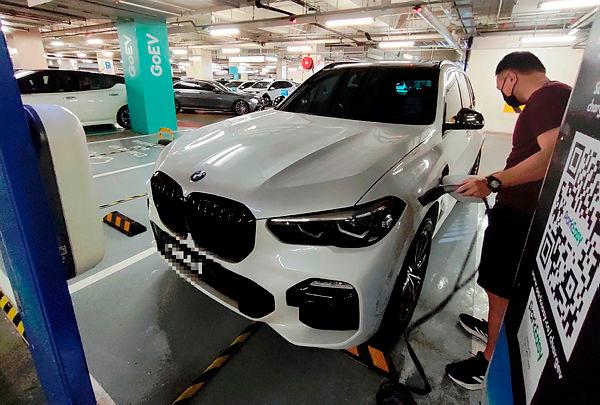PETALING JAYA: With the Malaysian motoring landscape moving towards electric vehicles (EV), questions have been raised on how the country’s EV charging bay (EVCB) installations can keep up with growing sales.
However, Zero Emission Vehicle Association (Zeva) president Wan Ahmad Zam Zam Wan Abdul Wahab said progress is steady and EV purchasers will have little to worry about when travelling long distances in future.
EV currently make up 0.4% of the total number of vehicles sold in Malaysia and are expected to grow threefold this year compared with 2023.
“As of the end of 2023, Malaysia registered more than 100,000 EV, with popular brands like BYD among the best-selling in the market.
“In particular, its models such as the Atto 3 and Dolphin are popular for their affordable price and long range.”
Recently, BYD announced that it sold 1,000 units of Atto 3 in Malaysia within just 100 days and that the Chinese brand has targeted annual sales of 3,000 units in the country. Globally, it sold 1,574,822 units in 2023.
Wan Ahmad said Malaysia plans to establish 10,000 EVCBs nationwide by 2025, adding that the goal is in line with the Low Carbon Mobility Blueprint, which is to achieve net-zero carbon emissions in Malaysia’s transportation sector by 2050.
Emissions from the transportation sector currently rank as the second-largest carbon dioxide emitter in the country, after the energy sector.
He said Zeva targets to meet the increasing Malaysian demand for EV by establishing one EVCB for every 10 EV, which is in line with global standards.
“The number of EVCBs in a particular location has to keep up with the number of EV on the road in that area.”
Wan Ahmad said as of this month, there were 1,434 EVCBs nationwide. Of the number, 570 are located indoors while 864 are outdoors. Of these, 1,117 are of the alternating current (AC) type while 317 are direct current (DC) versions.
“The majority of the EVCBs are located in the Klang Valley, Penang and Johor, with more focus to be placed on the east coast of Peninsular Malaysia, Sabah and Sarawak. Currently, we have reached 14.34% of the 10,000 EVCB goal.”
He also said Zeva is working with several ministries, government agencies, government-linked corporations and private entities to achieve the goal by 2025.
“We are working with private operators who are also our members to set up EVCBs at strategic locations such as petrol stations and highway rest and recreation areas.
“We assist them to obtain licences from the Energy Commission to ensure proper operation of the EVCBs. We also help them to engage with highway operators and petrol station owners to install EVCBs at their premises.”
Wan Ahmad said the government supports Zeva’s plans, which are executed in collaboration with the Local Government Development Ministry through PLANMalaysia, and the Natural Resources, Environment and Climate Change Ministry through the Malaysian Green Technology and Climate Change Corporation.
“We have set up the Malaysia Electric Vehicle Charging Network (MEVnet), which is a comprehensive online platform designed for strategic planning and progress tracking.
“The objective of MEVnet is to facilitate informed decision-making, optimise resource allocation and ensure the successful deployment of EV charging infrastructure across the country.”
He said it offers key functions such as location planning to visualise the proposed and existing EVCB sites, type of charging (AC or DC) and whether to place them indoors or outdoors.
“Malaysians can rest assured and bravely purchase EV as the infrastructure building is progressing well and on target,” he added.









